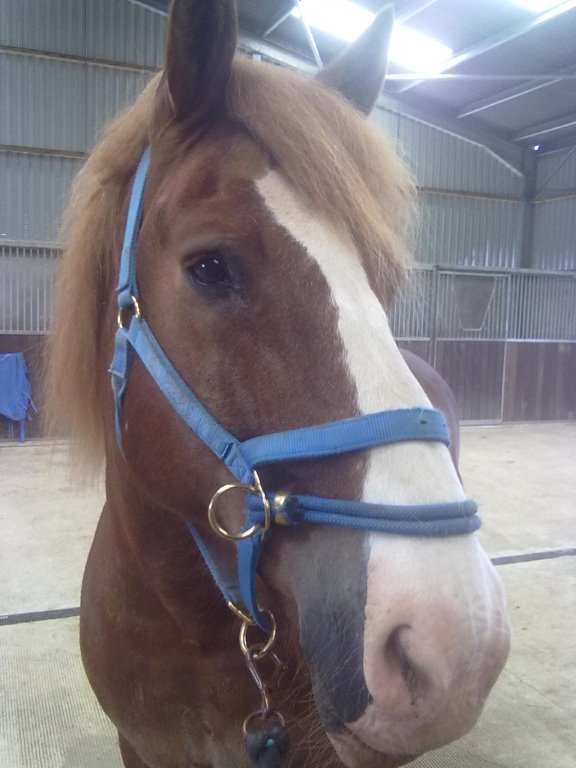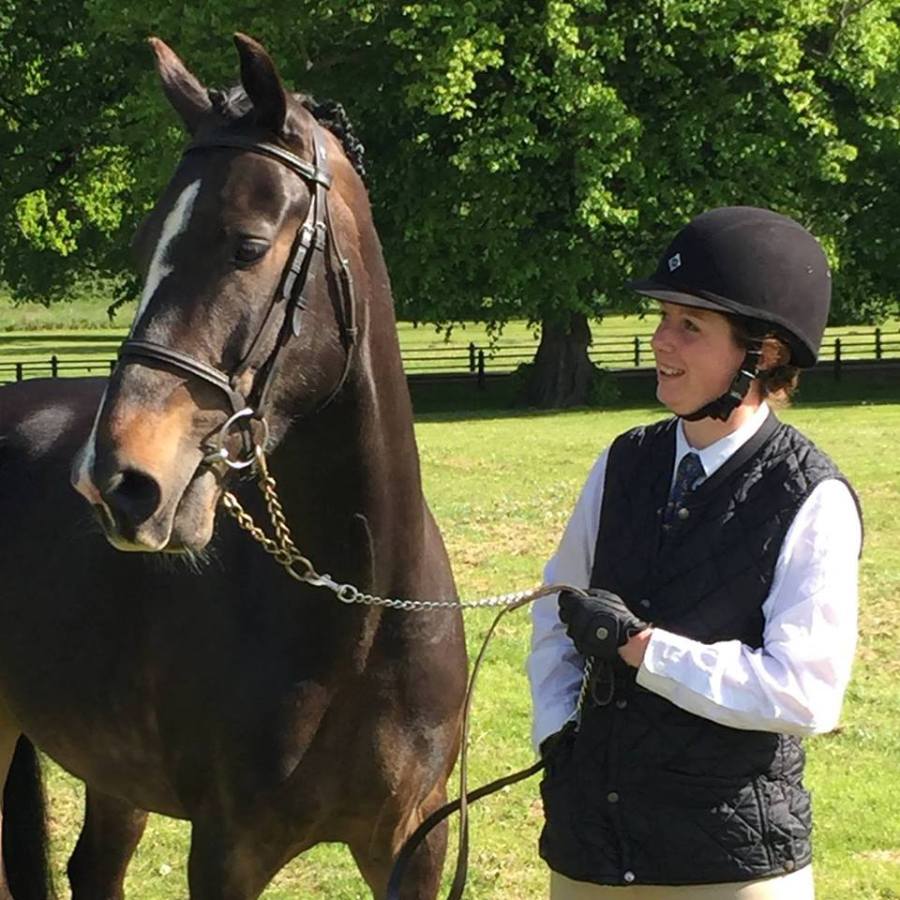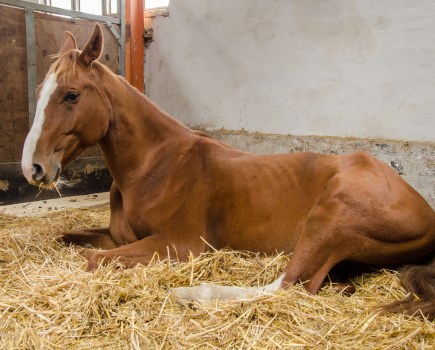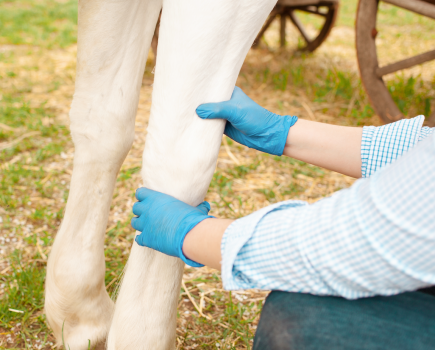Concerned about colic? We chat to Emmeline Hannelly who’s a Welfare Education Officer at the BHS, to explain all about this condition and she also gives us an update on their REACT campaign.
Why did you start the REACT colic campaign?
We were approached by the University of Nottingham last year following a five-year project that they’d been working on about colic.
They were keen to work with people in the horse industry after they’d discovered that 90% of horse owners didn’t feel confident in spotting the early signs of colic.
We thought this was really quite shocking. As colic is serious and can happen quickly, we thought it was important to do something to help owners recognise the signs sooner.
Following this initial finding, the team at the University of Nottingham also discovered that colic accounts for 1 in 3 emergency vet call outs, with 1 in 10 of these being critical cases.
Of the critical cases, 80% of the horses either died or were euthanised. Had people been able to recognise the early signs, these horses might have been saved.
With this in mind, we realised we had to make people more aware of the signs of colic.
What did you do?
To help people, we came up with an acronym for spotting the signs of colic. This was REACT.
REACT stands for the following:
R – Restless or agitated
E – Eating less or droppings reduced
A – Abdominal pain
C – Clinical changes
T – Tired or lethargic
Within each of these categories, there are further signs that you can look out for (find links for the PDF poster at the bottom of the page).
Often the signs of colic can be quite subtle, so it might just be something that seems out of the ordinary for your horse. Maybe he’s lying down more often than he usually is. Anything that makes you think he’s doing something outside of his normal behaviour should make you think.
Horse owners tend to think of the well-known symptoms of colic and wait until they see these appear, but this wastes time and could be the difference between the horse surviving or not.
In terms of clinical changes, the biggest thing for your horse’s health is knowing what his baseline measurements are. Clinical changes include:
- Increased heart rate
- Reduced or absent gut sounds
- Changes in the colour of gums
- Rapid breathing rate
- Skin abrasions over the eyes
Skin abrasions are an indication that there’s a problem, for example, if you notice them after your horse has been in the stable overnight, it could be that he’s had colic overnight and has been thrashing around in the stable and caught himself over his eye.
It’s good to become familiar with your horse’s normal heart rate. Measuring his heart rate regularly will help you become accustomed to what’s usual for him and can also help your vet too.
Always ensure you take his heart rate when he’s relaxed and at rest, rather than straight after exercise when it might be elevated.
If a horse owner suspects colic, what can they do while waiting for the vet?
There’s a big myth that you shouldn’t allow your horse to roll if you suspect colic as it could cause a twisted gut.
The University of Nottingham haven’t found any evidence to suggest that this might be true and allowing your horse to roll doesn’t cause a twisted gut.
The best thing to consider is safety. If your horse is in his stable, thrashing around in pain, don’t go in there with him as you put yourself at risk. Call your vet as soon as you can.
If your horse is up and standing quietly, it can be best to put him in a quiet area while you’re waiting for your vet.
If he’s in severe pain and trying to get down and roll (and it’s safe for you to do so) put your horse in a safe area – such as a well-bedded stable or arena.
Don’t let your horse go loose if you take him into an arena. If you take him into an arena and he’s in significant pain, gentle walking for 15-20 minutes can help and won’t harm him.
Should you decide to put your horse in the stable, while you’re waiting for the vet, be sure to remove any buckets or objects from your stable that your horse could hurt himself on if he’s thrashing about in pain.
Has the REACT campaign been successful?
The campaign has been really positive. We launched in September with a website dedicated to educating owners about colic and it’s already had thousands of hits.
We’ve also had fantastic feedback from vets, owners and trainers who have found the information we provide really useful.
 Just this week, we were sent an email from a horse owner whose horse, Axon, had unfortunately suffered from colic.
Just this week, we were sent an email from a horse owner whose horse, Axon, had unfortunately suffered from colic.
She’d ordered one of our colic packs (full links provided at the bottom of the page) previously and learnt to look out for the subtle signs that her horse wasn’t right.
She said that if it wasn’t for the pack, she probably wouldn’t have considered him seeming not quite right as colic, and not got a vet to him in time.
If you would like any further information, visit the BHS dedicated REACT website at www.bhs.org.uk where you can find videos and downloadable leaflets.
Alternatively, to order a hard copy of the REACT pack, contact the welfare team at welfare@bhs.org.uk or 02476 840517. This is a great resource and also contains a poster that you can hang up at your yard.









